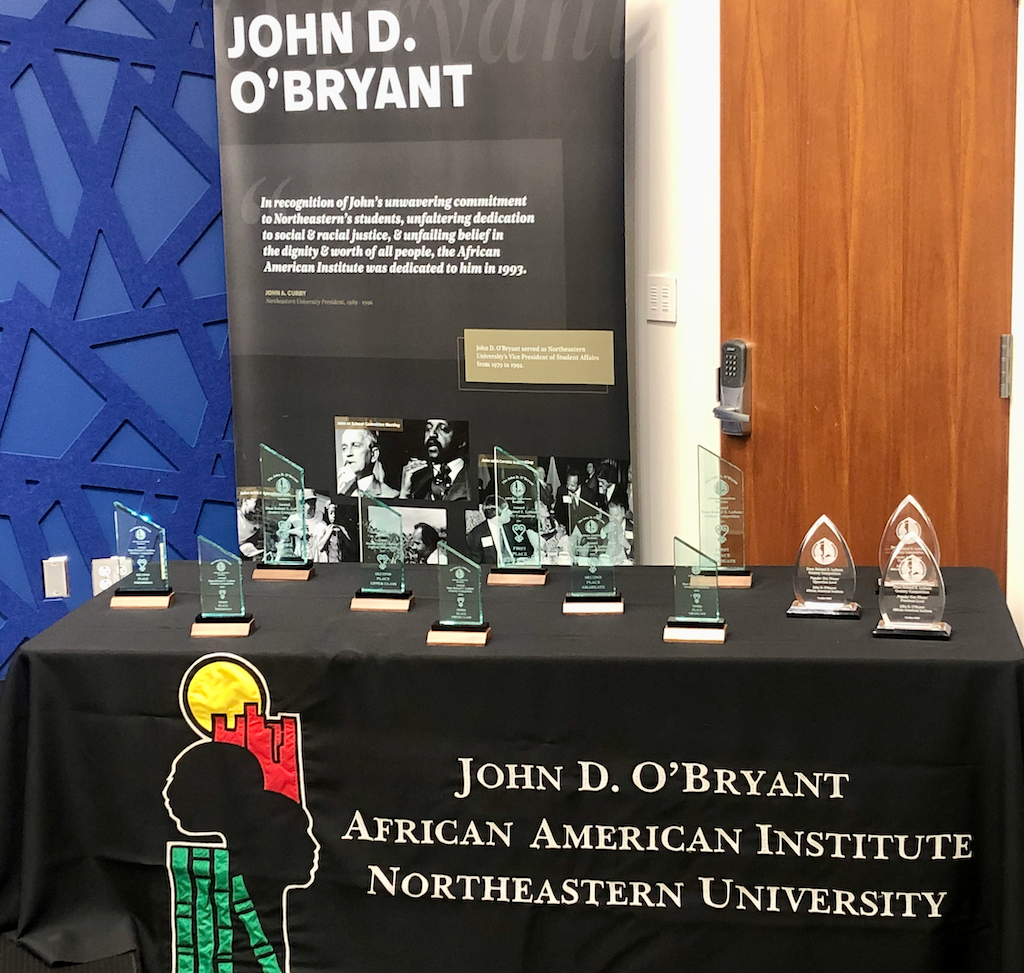Congratulations to this year’s Roland E. Latham Oratory Competition winners! You all really demonstrated your skills and abilities … Program Book
Aany questions feel free to contact
Simonne Ronk – s.ronk@northeastern.edu or
Brother Rodney – r.sadberry@northeastern.edu

